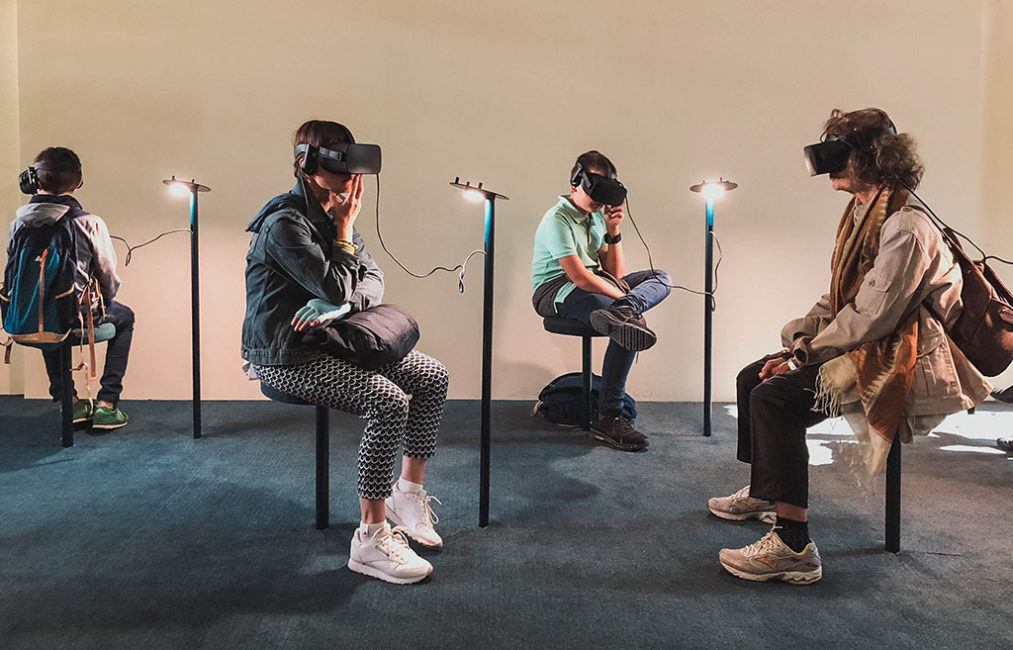Immersion for Learning

Learning includes all the ways we manage interpersonal sociability, reflects our belief systems, and gives us our orientation to new experience. Learning includes the acquisition of skills, the acquisition of values, how we know, and how we communicate.
Learning is a fundamental human experience. Pandemic conditions are favoring the rapid adoption of communication technologies that can contribute to learning. There are no known limits to learning.
The powerful influence of distributed intelligence on learning is described by Dr. Roy Pea. Dr. Carla Pugh describes the use of sensor technologies to measure, digitize, and characterize key elements of the human learning experience. Dr. Jill Helms shares experiences of teaching advanced medical concepts to youth in an online class using an activity-based problem-solving approach. Aditya Vishwanath reviews current research studies to summarize the pros and cons of virtual learning environments, as well as future research opportunities.
Click on the names and titles below to see the individual talks OR see all three in the playlist below:
Roy Pea – Leveraging Distributed Intelligence
Carla Pugh – Quantitative Predecessors to Human Actions
Jill Helms – Not for the Faint of Heart: Creating an Environment for Learning in Virtual Spaces
Aditya Vishwanath – The Many Futures of Virtual Learning Environments
More From Human Requirements for Immersive Experiences:
Immersion for Collaboration and Immersion for Discovery